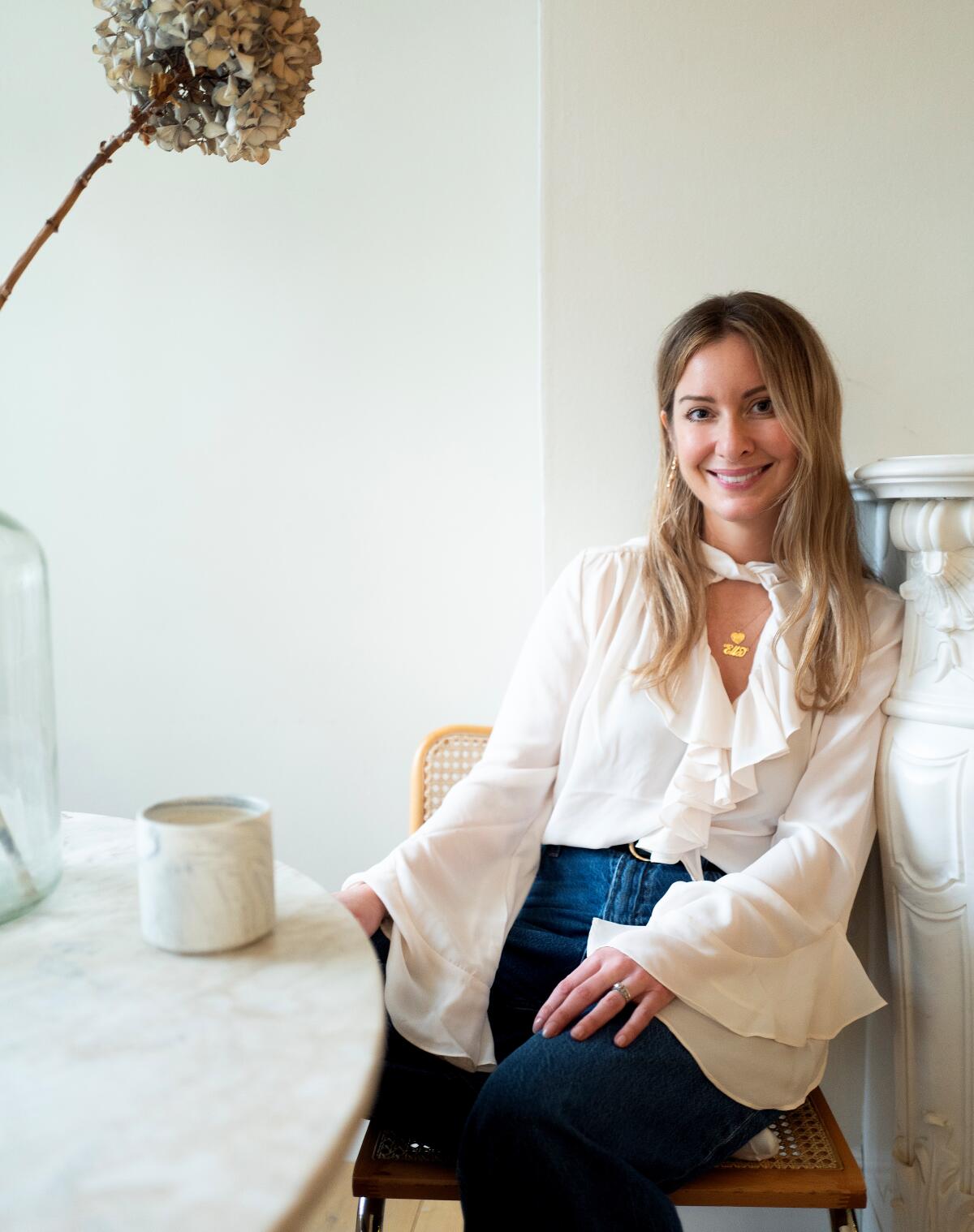Dying to Know
L.A. literary adventure
If you buy books linked on our site, The Times may earn a commission from Bookshop.org, whose fees support independent bookstores.
This summer, I read my way around Los Angeles and highly recommend the experience.
There were plenty of freshly published L.A. novels to dive into: My literary journey began in pre-Eaton fire Altadena (“Bug Hollow”) and ended in a run-down Hollywood mansion crawling with influencers (“If You’re Seeing This, It’s Meant for You”); other novels transported me to West Adams Heights post-World War II (“The Great Mann”), Laurel Canyon of the mid-’60s (“L.A. Women”), contemporary Glendale (“The Payback”) and, farthest afield, Salton Sea (“Salt Bones”). And while the novels varied greatly, each was engagingly local. The familiar L.A.-ness of narratives populated with malls, dreamers and celebrities real and fictionalized added to those books’ appeal, while others set in less familiar (to me) communities enriched my understanding of the area.
To help you choose your next L.A. literary adventure, we asked five authors to tell us why they set their latest novels in and around SoCal, along with their favorite local spots to visit.
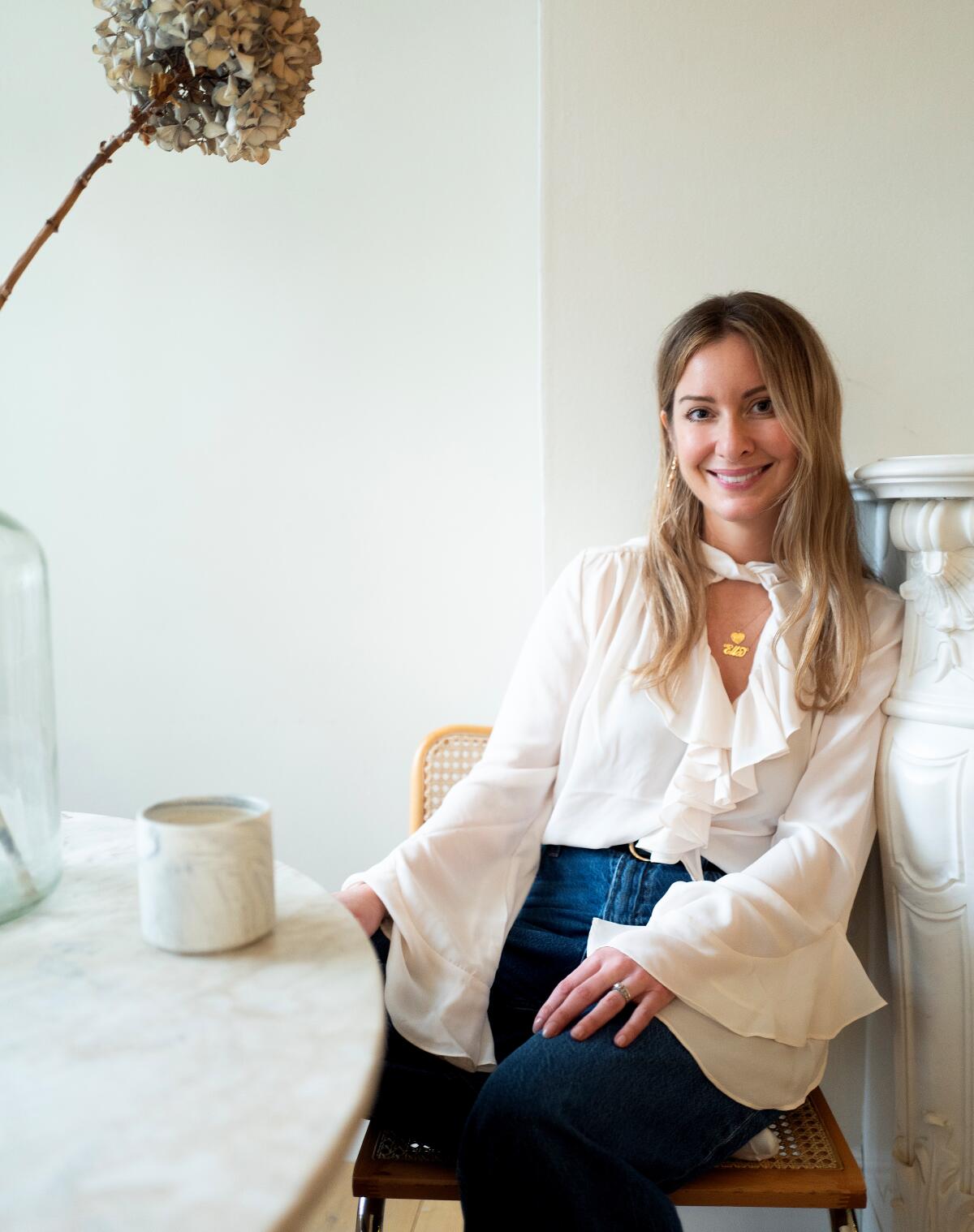
(Phoebe Lettice Thompson)
‘L.A. Women’
Ella Berman
The title of this retro novel telegraphs its setting while echoing an earlier work by Eve Babitz, a famous L.A. scenester who contributed to Movieline magazine when I worked there decades ago, though as a newcomer to the city I did not appreciate it then. Berman’s novel centers on two, rather than one, woman: A pair of frenemies — reminiscent of Joan Didion and Babitz — circle each other in the Laurel Canyon creative scene during the mid-’60s to early-’70s, navigating relationships with rock stars and visits to the Troubadour and Chateau Marmont as the free love vibe begins to sour.
Why L.A.? “This story couldn’t have been set anywhere other than Los Angeles,” says Berman. “The central relationships, conflict and emotional stakes are all a product of this beautiful city during this period of cultural upheaval.” To get the period details straight, she relied on a friend “who had lived in Hollywood since the late 1950s,” writing the first chapter from a hotel room in West Hollywood after lunch with her. “Later, I walked up to the Canyon Country Store immortalized by Jim Morrison in ‘Love Street’ and I felt a sense of wonder for the ghosts of the past.”
Fave hangout spots: “I love anywhere that feels like I’m time traveling so a classic margarita at Casa Vega, the eggplant parmigiana at Dan Tana’s, a show in the close-up gallery of the Magic Castle or a martini at Musso & Frank’s always deliver,” says Berman, who also loves to browse the Rose Bowl Flea Market for midcentury treasures and vintage band T-shirts.
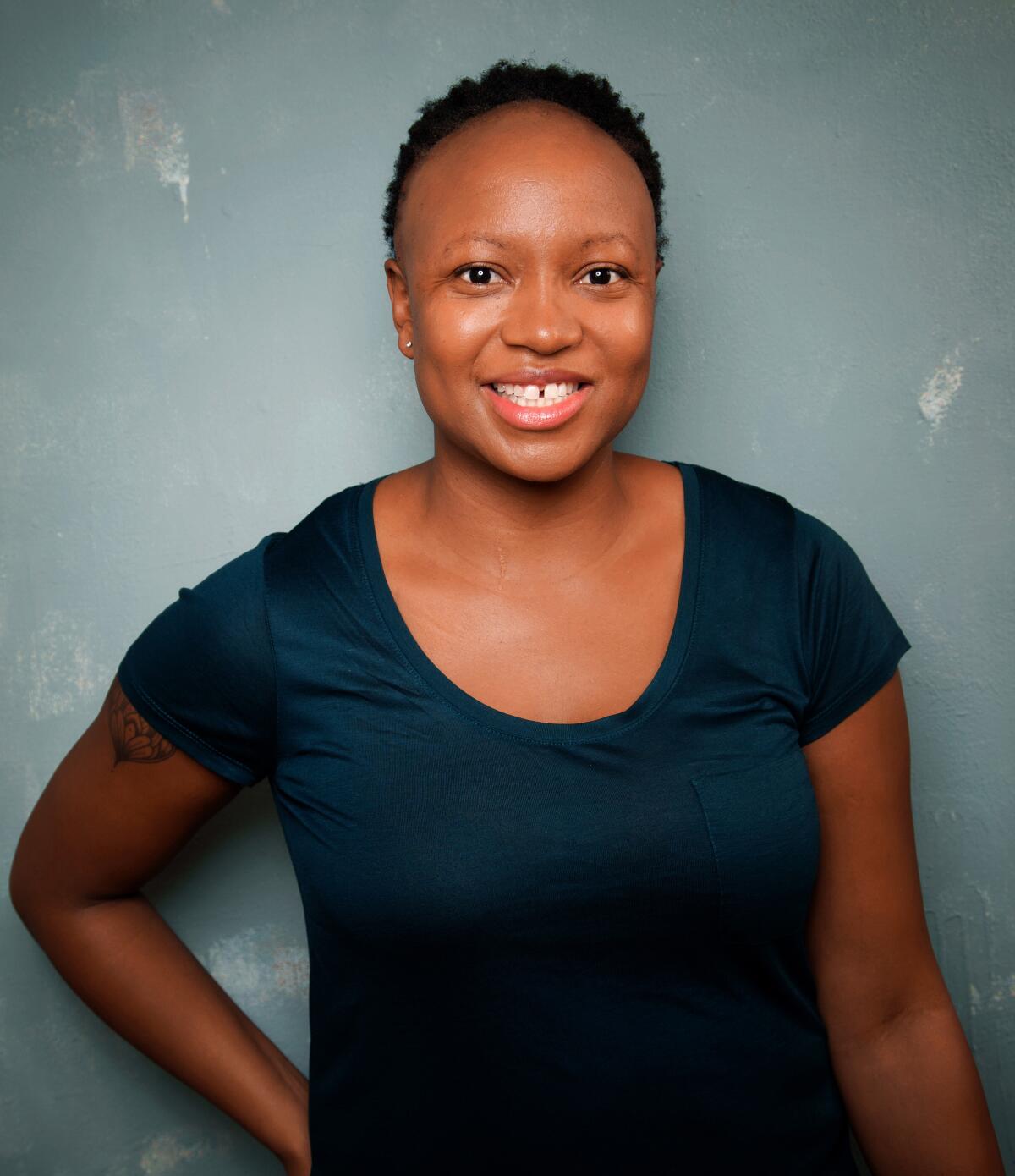
‘The Payback’
Kashana Cauley
Once a Hollywood costume designer, Jada is working in an unspecified mall that seems suspiciously like the Glendale Galleria when Cauley’s novel begins, but that job doesn’t last either. Sticky fingered and bogged down with college debt, she ends up recording ASMR videos to make money while fleeing the debt police — until she and her pals come up with a scheme to erase their financial woes. The storyline will surely resonate among those saddled with their own college debt or just feeling pinched by rising costs at the grocery store.
Why Glendale? “I wanted my main character, Jada, to feel truly kicked out of Hollywood, as she is,” the writer with credits on “The Daily Show With Trevor Noah” explains. “So part of me was like, well, where’s the farthest place, vibe-wise, you can get from Hollywood, and still, in Jada’s case, feel very L.A., and the Glendale Galleria fit.” Cauley much prefers the Galleria to the Americana and says fellow transplant Jada feels the same.
Favorite spot: “These days I’ve been hanging out at Taqueria Frontera in Cypress Park because I’m unable to fight my massive addiction to their carne asada queso-taco. It’s perfect. The meat is tender and just the right amount of salty. The cheese is present without being overwhelming. It comes with a handsome scoop of quality guac and a charming green salsa,” she says. “But also the restaurant itself is a vibe. It feels more outdoor than indoor because of a big row of stools out front that’s alongside the kitchen. And it attracts a large, laid-back crowd that feels like a party.”
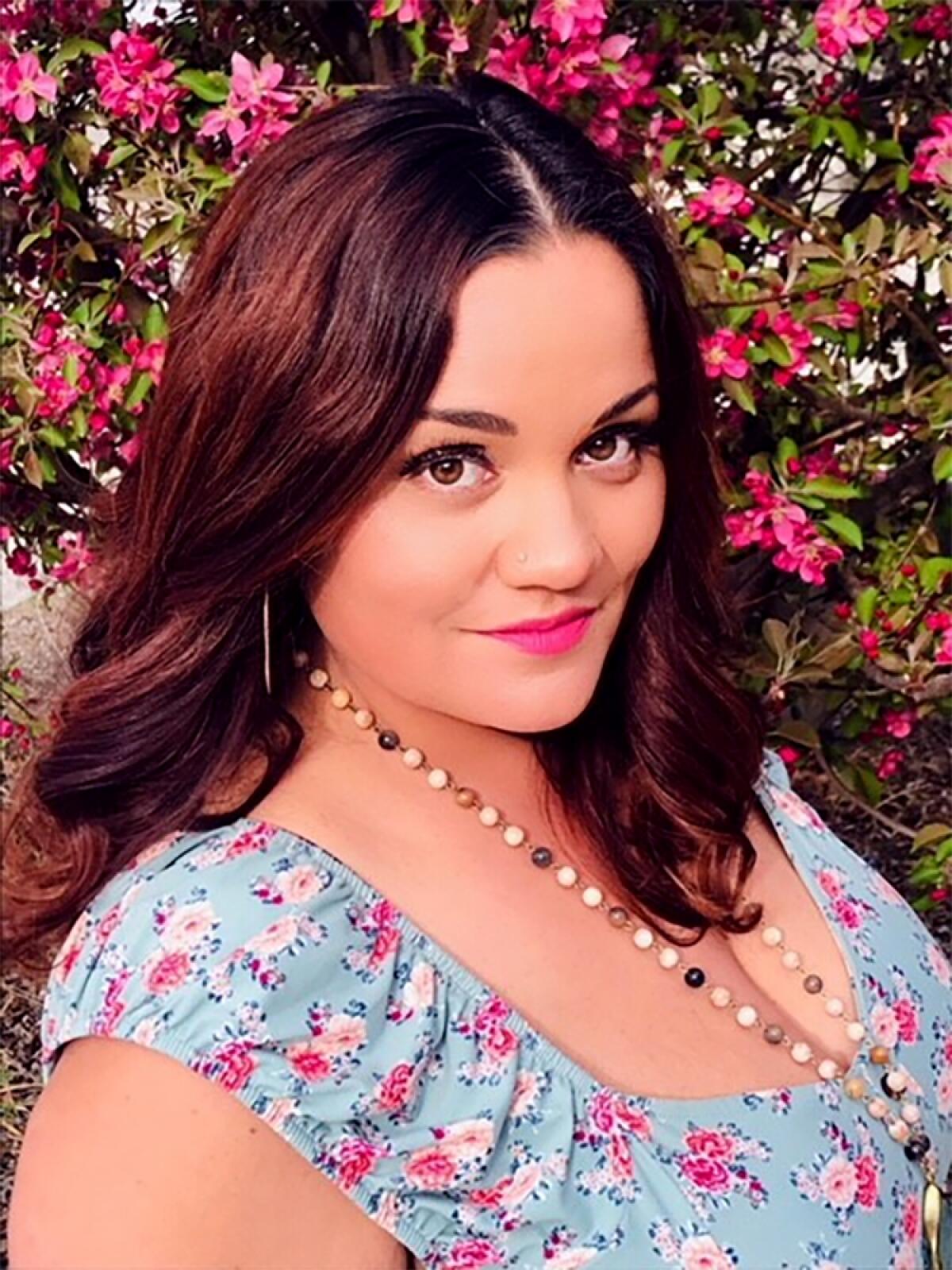
‘Salt Bones’
Jennifer Givhan
Far from L.A.’s suburban sprawl, a Salton Sea butcher is haunted by the disappearance of girls in a novel suffused in Latina and Indigenous cultures. The water that once sustained the community is horribly polluted and younger characters dream of escape; Mal, the mother of two daughters, is visited by a shapeshifter in her dreams. A book for fans of mysteries and magical realism, it illuminates the environmental hazards of agrifarming in Southern California.
Why Salton Sea? Growing up in the area, her mother warned her that the water was poisonous. “We could smell for ourselves the fish die-offs, the weeks-long stink of toxic algal blooms,” she says. Visiting later, Givhan heard from a friend that the Salton Sea was drying up and releasing toxic chemicals like arsenic from decades of pesticide runoff and “became increasingly concerned about the fate of the place that raised me.” When activists encountered apathy from Sacramento politicians, “I knew I had to tell this story,” she says. “My soapbox may have been slippery, but people tend to love murder mysteries. So I wrapped my heart in one.”
Fave SoCal spots: “Anything by the water; I love hanging out on the beach and eating tacos. As I write in all of my novels, the water haunts me,” Givhan observes. “Many of the pages of ‘Salt Bones’ were drafted while we were living in Chula Vista and making trips back to the Salton Sea and surrounding communities for research. I started this novel at Imperial Beach, where we couldn’t go into the water because of the sewage problem and the signs warning No Nadar! Then I moved to Coronado Beach. On the way onto the peninsula, we’d stop at a great little burrito place for breakfast burritos, and I’d haul my portable typewriter to a picnic bench, set it up with the ocean spread before me and start tapping away.”
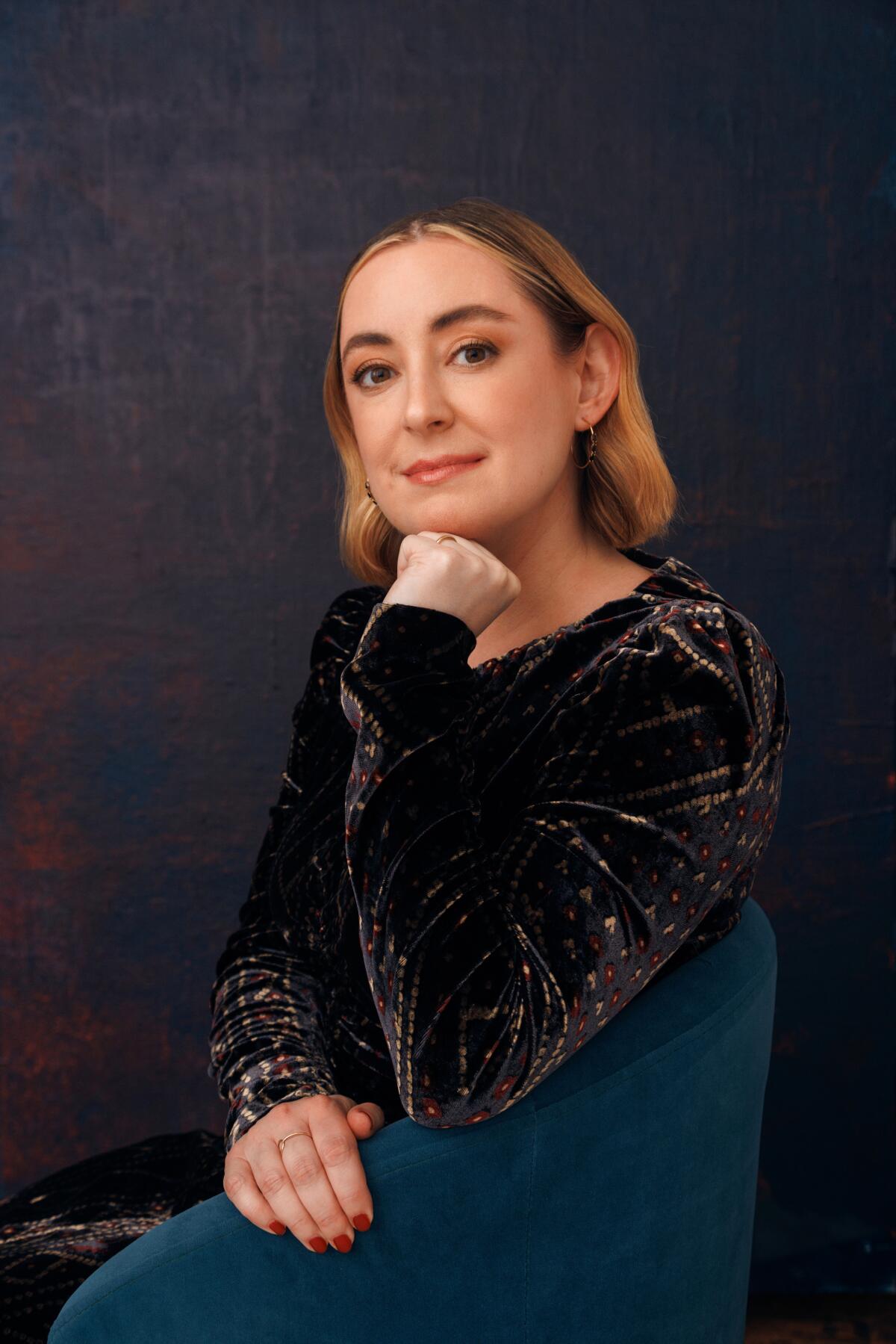
‘If You’re Seeing This, It’s Meant for You’
Leigh Stein
Back in Hollywood, influencers have set up shop in a crumbling mansion with an infamous past, desperate to go viral; the owners of the property are looking for sponsorship money to pay for its repairs. In steps photographer turned entertainment journalist Dayna, who gets dumped on Reddit in humiliating fashion as the book opens. Stein’s novel, in case that description does not make clear, has much to say about Hollywood, social media and the creator economy; at its heart is a gothic horror story wrapped up in a mystery with satirical undertones.
Why Hollywood? “Like ‘Sunset Boulevard,’ my novel is about fears of aging and irrelevance in an industry that runs on youth and beauty,” Stein says. “I’m obsessed with how the creator economy is completely reshaping the media and entertainment industries.” The mansion is inspired by Frank Lloyd Wright’s Ennis House in Los Feliz, which has appeared in movies including “Blade Runner” and also has a troubled legacy. “The more research I did, the more it seemed cursed,” she says.
Fave L.A. haunts: “I’m originally from Chicago and I first fell in love with Los Angeles through Francesca Lia Block novels, where everything is magic and draped in curtains of bougainvillea,” the author says. “My ideal day in L.A. would be taking the Berendo Stairs to Griffith Park, checking out the staff recommendations at Skylight Books and going to Erewhon to get their spicy buffalo cauliflower and some overpriced adaptogenic beverage that promises to change my life.”
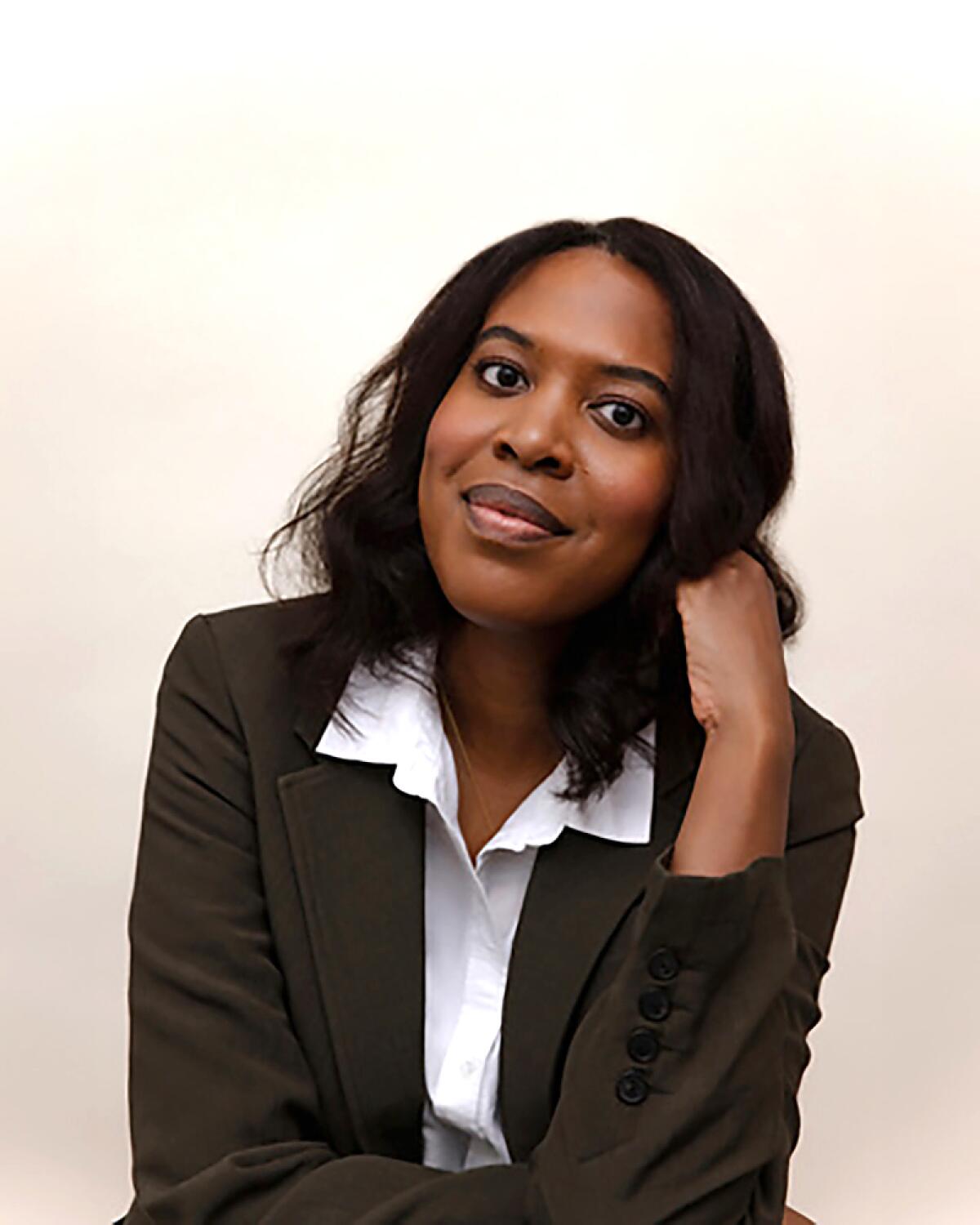
‘Loved One’
Aisha Muharrar
Less overtly L.A. than the rest of the novels on this list, “Loved One” unfolds in L.A. and London following the death of Gabe, a 29-year-old indie musician who was the first love of Julia, a UCLA law student who became a Hollywood jewelry designer. Eager to reclaim his prize possessions for her and Gabe’s mother’s sake, she meets Gabe’s girlfriend Elizabeth in England. Through a series of flashbacks, key moments in Julia’s relationship with Gabe — and her life in L.A. — are revealed.
Why L.A.? Muharrar initially resisted the idea of setting her book in L.A., but ultimately felt moving there would just be the logical next step for a musician like Gabe, who has “a passion and then, career-wise, it turns out L.A. is the best place to pursue it.” Julia, she notes, arrives in L.A. for school with one career goal in mind and then ends up doing something else.” In the end, “it’s just a place people live.”
Fave L.A. hangout spots: “I love the bookstores: Reparations Club, Chevalier’s, Skylight. And I also love Silver Lake Library. It closed in July for several months of renovations and won’t be open until 2026 and I am, no exaggeration, devastated,” she says. “Also: Above the Fold in Larchmont. Is it the last newsstand in L.A.? I think it might be.”
Editor’s note: The newsstand has since closed.
